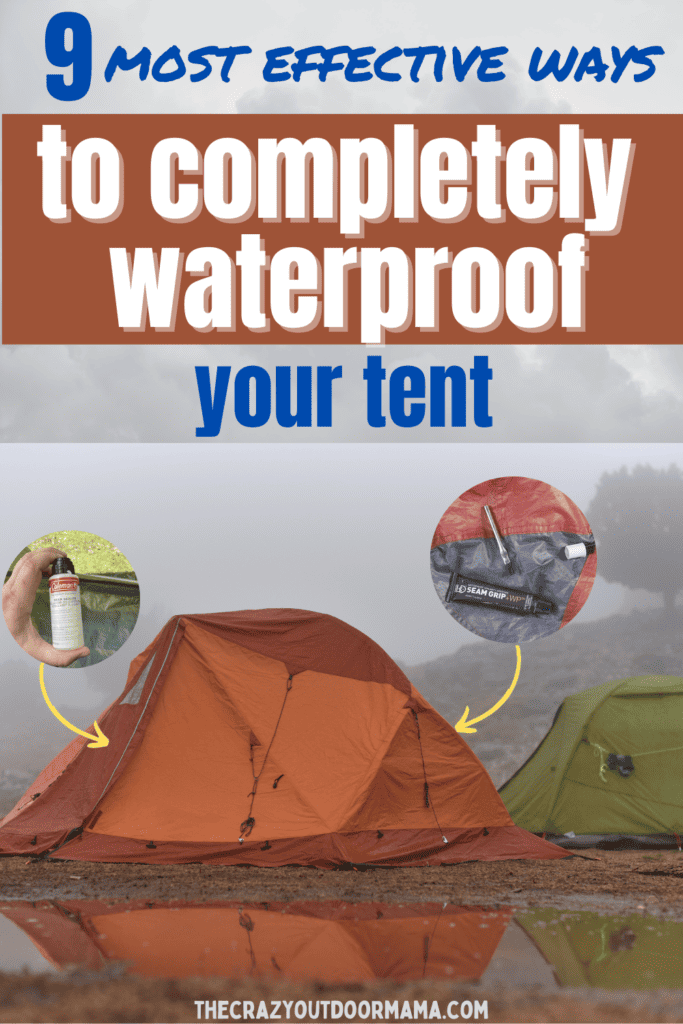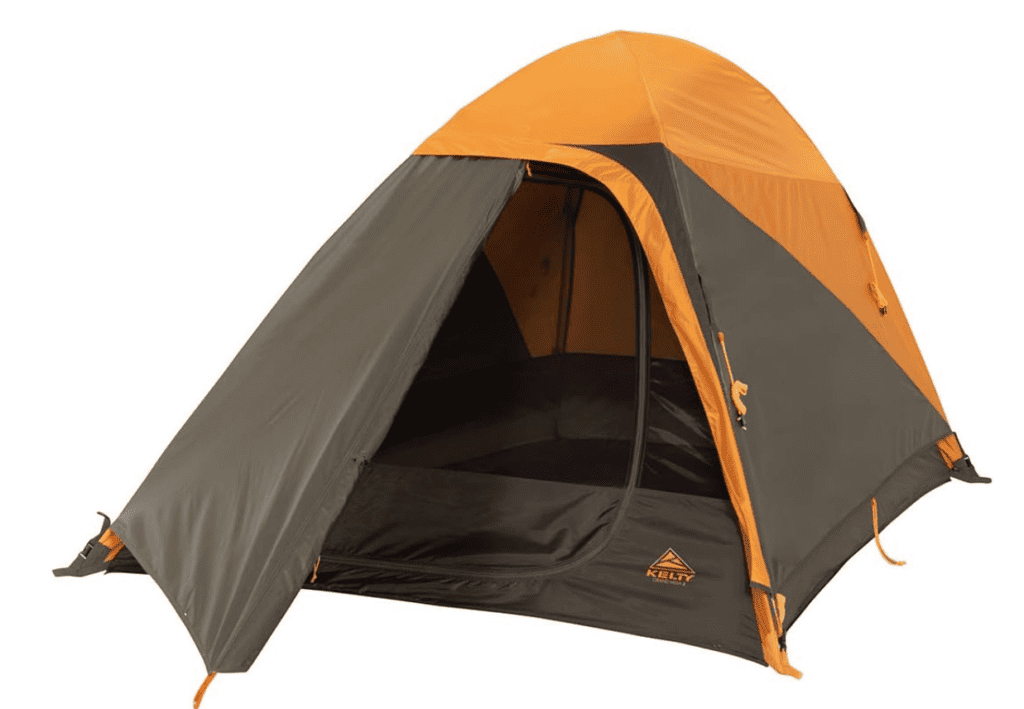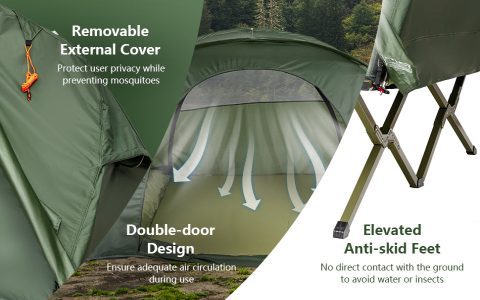Understanding the technical specifications and functional design of a tent coat is crucial for selecting the right performance outerwear. Here's a breakdown of its key aspects:
Core Functionality
A tent coat prioritizes ultimate weather protection and durability in demanding outdoor environments like mountaineering or expedition use. Its silhouette and features are optimized for use over multiple insulation layers.
Essential Features
- Highly Waterproof & Breathable Fabric: Utilizes advanced membranes (e.g., GORE-TEX PRO) with high waterproof ratings (often exceeding 28,000mm) and substantial breathability. Face fabrics are typically rugged, abrasion-resistant nylon or polyester.
- Full-Featured Helmet-Compatible Hood: Large volume, fully adjustable (circumference, height, sometimes width), with a stiffened peak to maintain visibility in heavy precipitation.
- Pit Zips for Primary Venting: Long, high-performance zippers (e.g., #8+) under each arm provide rapid heat dump without compromising frontal weather protection.
- Room-for-Layers Cut: Features a boxy or semi-fitted shape allowing unimpeded movement when layered over insulating mid-layers and fleece. Articulated sleeves enhance mobility.
- Longer Length & Storm Flap: Extended hem provides extra coverage for the hips/upper legs. Waterproof main zipper protected by a durable, well-sealed storm flap.
- Amplified Cuff Adjustments: Robust velcro adjustments for precise, secure sealing over gloves, often incorporating sleeve gaiters.
- Reinforcements: Strategically placed durable materials (e.g., Cordura) on high-wear areas like shoulders, elbows, and cuffs.
- Multi-Point Hem Adjustment: Cord lock adjustment at the hem to seal out drafts and prevent snow ingress.
- High-Volume Pockets: Large, easy-access pockets positioned above harnesses/belts. Often include internal drop-in pockets for essentials.
- Minimal Seam Tape: Critical seams are seam-taped for waterproof integrity, but construction may use stronger methods like fully bound seams for maximum durability.
Material Considerations
Face Fabric Weight: Heavier deniers (>40D) offer superior durability and abrasion resistance but add bulk. Lighter deniers (30-40D) reduce weight at a slight durability trade-off.

Membrane Choice: Prioritize high-breathability membranes designed for sustained high-output activity, not just high waterproof ratings.
Mechanical Stretch: Some models incorporate mechanical stretch fabrics in non-critical zones for enhanced mobility without sacrificing waterproofness.
Intended Use
Designed for: alpine climbing, ski mountaineering, ice climbing, remote expeditions, prolonged severe weather conditions where extended protection and durability are paramount.
Trade-offs
Weight & Packability: Higher than standard hardshells due to heavier fabrics and more features.
Bulk: Less streamlined, even when packed.

Breathability Management: Requires active use of pit zips to manage perspiration effectively; not optimized for low-activity use.
Choose a Tent Coat If
- Your activities demand the highest level of weather protection for multiple days.
- You frequently use equipment requiring jacket features compatible with harnesses, packs, and helmets.
- Durability and long-term reliability in abrasive environments are non-negotiable.
- Effective venting options are essential for managing sweat during intense exertion.







